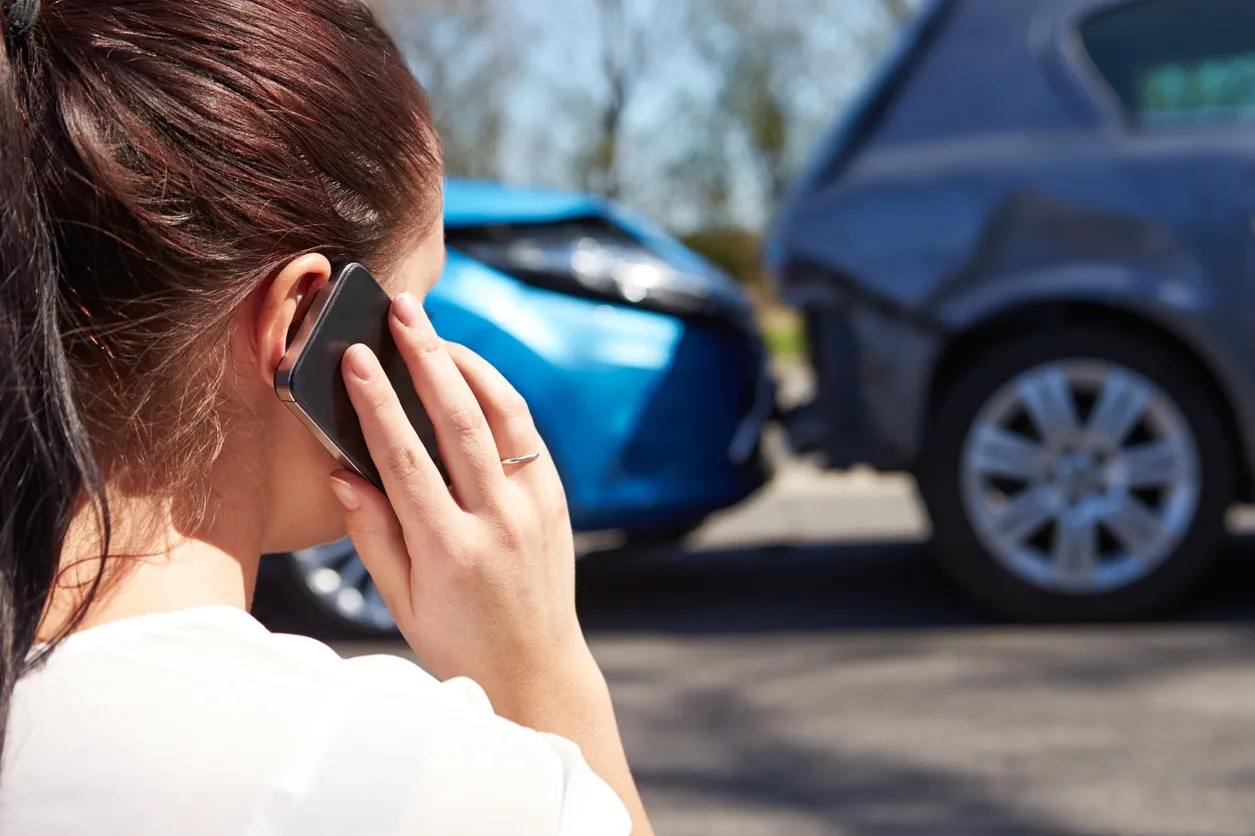Please keep in mind that this guide is meant to provide general information and should not be considered legal advice. Laws and procedures may vary, so it’s always a good idea to consult with an attorney specific to your situation.
Step 1: Ensure Safety:
After the accident, prioritize safety. Move your vehicle to a safe location if possible and turn on the hazard lights. If anyone is injured, call 911 for emergency medical assistance.
Step 2: Call the Police:
Contact the local law enforcement agency to report the accident, especially if there are injuries, significant property damage, or a dispute about fault. Provide accurate information about the accident and request a copy of the police report.
Step 3: Exchange Information:
Exchange information with the other party involved in the accident. Obtain their name, contact details, driver’s license number, license plate number, insurance information (including policy number), and the make and model of their vehicle. Provide the same information to them.
Step 4: Document the Accident Scene:
Take photographs or videos of the accident scene, including damage to the vehicles, skid marks, traffic signs, and any other relevant details. This evidence can be crucial later when dealing with insurance claims or legal proceedings.
Step 5: Gather Witness Information:
If there are any witnesses to the accident, collect their names and contact information. Their statements may be valuable in establishing liability and supporting your case.
Step 6: Notify Your Insurance Company:
Report the accident to your insurance company as soon as possible. Provide them with accurate details and follow their instructions for filing a claim. Be cautious when speaking to insurance adjusters, and avoid admitting fault or speculating on the extent of injuries.
Step 7: Seek Medical Attention:
Even if you don’t feel immediate pain or obvious injuries, it’s important to get a medical evaluation after an accident. Some injuries may not manifest symptoms right away. Keep a record of all medical treatments, bills, and prescriptions related to the accident.
Step 8: Preserve Evidence:
Preserve any evidence related to the accident, including vehicle damage, medical records, receipts, and communications with the other party or insurance companies. This documentation can be essential when pursuing a personal injury claim.
Step 9: Consult an Attorney:
Consider consulting with a qualified personal injury attorney who specializes in car accident cases. They can provide guidance based on your specific circumstances, help navigate the legal process, and protect your rights. They may also assist in negotiating with insurance companies or representing you in court, if necessary.
Step 10: Be Cautious with Settlement Offers:
If you receive a settlement offer from the insurance company, consult with your attorney before accepting. They can assess whether the offer adequately compensates you for your injuries, damages, and other losses.
Remember, every car accident case is unique, and the legal process can be complex. It’s crucial to consult with an attorney to understand your rights and receive personalized advice based on your situation. Book a consultation today!

Leave a Reply